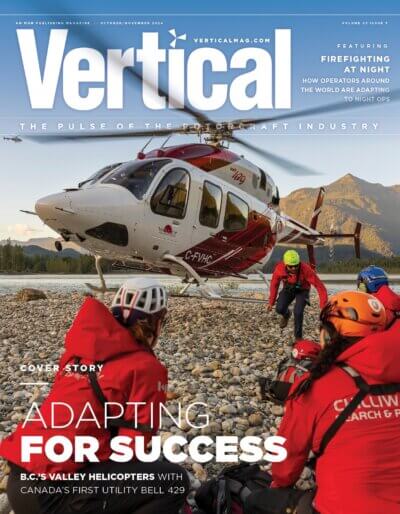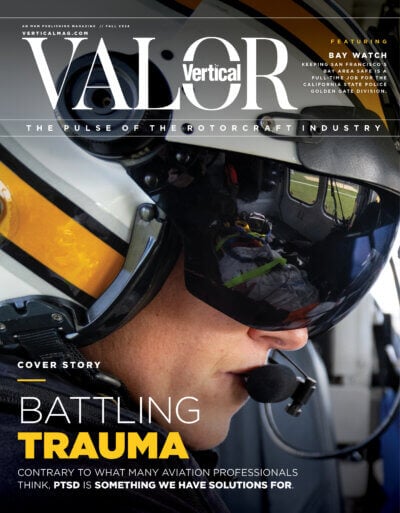BUYING A HELICOPTER
How to Calculate the Full Cost of Owning a Helicopter
Helicopter ownership is certainly cost intensive, especially if the aircraft will not be used to create revenue.
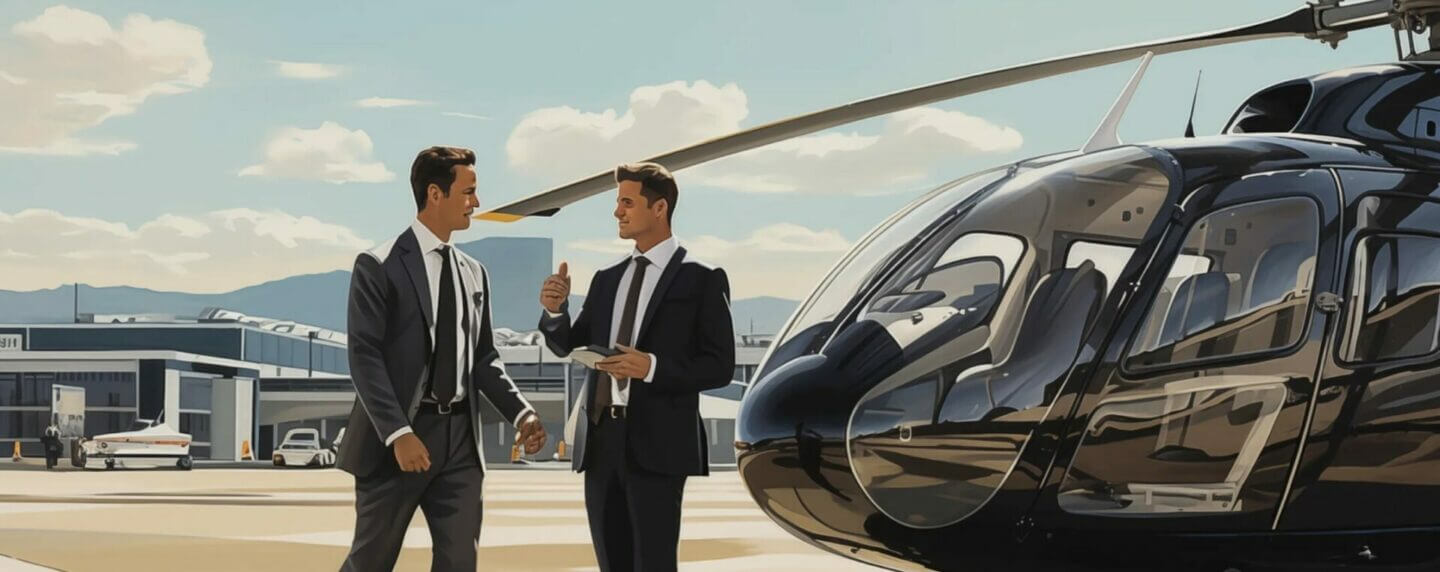
By: Jen BoyerPosted on: January 2, 2024
There’s a popular saying in the aviation industry: How do you make a small fortune in aviation? Start with a large one.
Helicopter ownership is certainly cost intensive, especially if the aircraft will not be used to create revenue. That’s not to say it isn’t worth every penny for the freedom and adventure. With some advanced planning, potential helicopter owners can predict and plan for their aircraft’s costs now and into the future.
In a nutshell, maintenance operating costs are calculated by adding up all the expenses in a year and dividing them by the number of hours you plan to fly. Sounds easy but it takes a little digging to get the number as accurate as possible.
It’s important to note some aircraft ownership costs are calculated by the hours flown, and some are monthly. Therefore, it’s beneficial to have a good idea of how many hours you plan to fly in a year when you start out. This will allow you to get the most accurate numbers and easily add all the costs together for a year of flying.
The first step in getting to that final hourly expense requires gathering data on all the costs involved. While this research takes legwork, it will pay dividends by protecting you against surprise costs. If done well, this research should uncover almost every cost you’ll encounter.
Start with a list of all the potential costs based on your situation. This isn’t an exhaustive list as everyone may have unique circumstances, but the costs below represent the vast majority of cost categories.
- Purchase cost;
- Hull insurance;
- Liability insurance;
- Hangar/tie-down fees;
- Fuel (calculated based on fuel burned per hour);
- Oil (based on oil used per hour);
- Anticipated landing and parking fees;
- Maintenance operating costs;
- Anticipated upgrades/repairs;
- Pilot costs.

Purchase cost
Keep in mind, when you purchase a helicopter, the cost is more than the helicopter’s price tag. Your costs will include a pre-purchase inspection, the broker’s fee, any attorney fees, shipping (if applicable), and any applicable import/export fees. For the sake of gathering a number for ongoing expenses, these costs are not figured into the purchase price.
The price you pay for the aircraft itself can take on one of two numbers. If you pay in full outright, that number is the price plus applicable taxes. The aircraft is paid for so there’s no need to track this cost.
If you take out a loan, that’s the price of the down payment and monthly payments, including interest. It’s this second cost you need to figure into operating costs as it continues to be an outlay.
Insurance
There are two main types of insurance most helicopter owners will purchase: liability and hull. Liability covers the people onboard, as well as the people and property on the ground affected by an accident or incident. Hull covers the aircraft itself.
Your insurance broker will help you find the best rates based on your aircraft’s value, how often you plan to fly annually, where you plan to fly, how you plan to use the aircraft, and you or your pilot’s flight experience. Figure the cost of a year’s worth of insurance for this operating cost estimate exercise.
Hangar/Tie-down fees
Unless you plan to keep your aircraft on your property, chances are you’ll have some form of hangar or tie-down fee. Research multiple airports as prices can range depending on services and popularity of each location. These prices may include a deposit and then break out monthly.
Fuel
Like prices at the pump for your automobile, fuel prices span a range and fluctuate. A good source for average prices of 100 octane low lead and JetA can be found at GlobalAir. There, you can identify the average fuel price for your region. If you foresee staying closer to home, the same GlobalAir site will allow you to research individual airports and current prices at each. An average of your most commonly used airports will give you a strong fuel price average to consider.
The second half to calculating fuel for your helicopter is to determine your helicopter’s average fuel burn at the altitudes you plan to fly. For instance, the Bell 206 JetRanger burns between 26 and 30 US gallons (98 to 114 liters) an hour depending on configuration. If the average JetA fuel price in your area is $6.97, then your fuel cost per hour is $181.22 to $209.10.

Oil
Determining your oil burn will rely on a little legwork. Mechanics and other owners of your aircraft’s make and model can give you fairly accurate information on how much oil your aircraft will burn. The engine manual will also give you a maximum oil burn per hour limit, which is a good maximum number. Using the same JetRanger example as above, the maximum allowed oil use is one quart per five hours. If a quart of oil is $6, then a good conservative hourly cost is $1.20 per hour. Be sure to also add the cost of oil changes. Multiply the cost of oil by how many quarts needed in the change, then divide that number by how many hours between oil changes.
Anticipated landing and parking fees
If you know how much you plan to visit which airports in a month, a little research into those airports’ landing and/or parking fees will give you an average monthly number. If you’re not sure where you may go, research airports and heliports around you and gather this fee data based on your planned use of the aircraft in a month.
Maintenance operating costs
Maintenance operating costs are a more time intensive research project. Luckily, there are several sources to help you determine a relatively accurate range of costs per hour to maintain your aircraft’s hull, engine, systems, avionics, and components, including labor costs. We take a deep dive into these calculations in an article dedicated to calculating maintenance operating costs.

Anticipated upgrades/repairs
This category includes any upgrades or repairs you may want to have done in the future. For instance, do you want to upgrade avionics, repaint the aircraft, add floats, or repair/upgrade upholstery? This is where you can get flexible by determining the cost for these upgrades or repairs then spreading that cost out over as many operating hours or months you prefer.
Pilot costs
These costs can include those for a staff pilot or a safety pilot that may be required by the insurance provider to fly with the pilot owner for a certain number of hours. These costs will depend on the skill and experience of the pilot. Researching pilot salaries and talking with local professional flight schools with pilots experienced in your aircraft will help identify a price range for this category.
Altogether now
Once you’ve pulled together numbers for all your cost categories, you have one more step.
Take any monthly costs and multiply them by 12. Then take all costs per hour flown and multiply them by how many hours you plan to fly annually. Add those two numbers. You now have the annual cost for your chosen annual flight hours. Divide this number by the total hours you plan to fly annually and you have your hourly operating costs.
From here, you can play with the budget and find places to shave off costs, from finding a different hangar or tie-down and landing at less expensive airports to putting off upgrades. Keep in mind, some costs will be annual fixed costs regardless of how much you fly, such as insurance, hangar/tie-downs, annual inspections, and loan payments.
Another value to this exercise is determining if you can afford ongoing costs of owning a helicopter. Of course, if these costs are a bit outside your budget, you can start again with a different aircraft or different make and model.
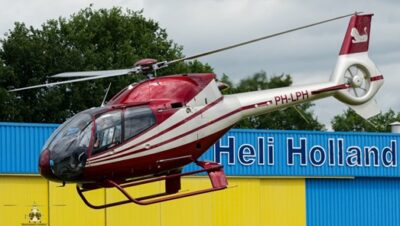
Airbus EC120B
Contact seller for price
Year: 2001

Airbus AS350B3
USD $ 1,599,000
Year: 2004
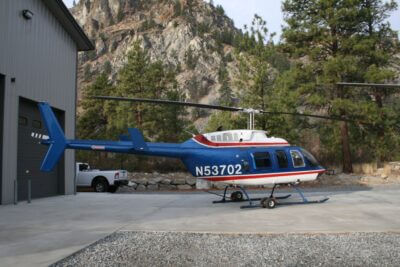
Bell 206L3
Make an offer
Year: 1992

Bell 206L4
Make an offer
Year: 1996
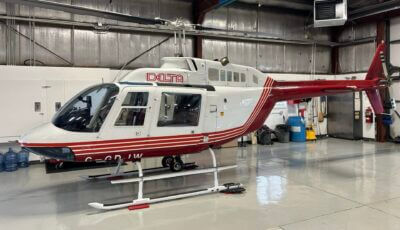
Bell 206B3
Contact seller for price
Year: 1979

Bell 206B3
Contact seller for price
Year: 1980

Airbus AS355F2
Contact seller for price
Year: 1992

Bell 206B3
Contact seller for price
Year: 1973
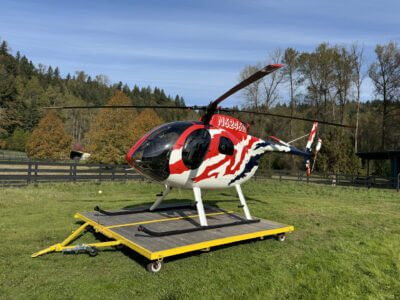
MD Helicopters 369A
Contact seller for price
Year: 1968
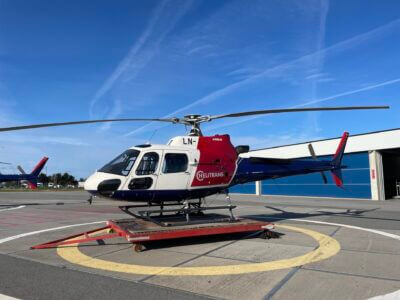
Airbus H125
EUR € 2,400,000
Year: 2020





